From escalator inventor to wreck gunner.
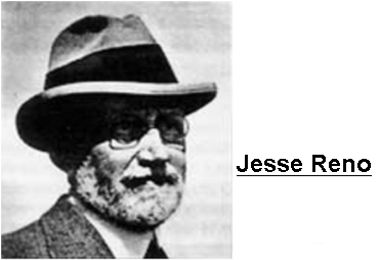
Author: Janwillem Bech, 30 June 2006
Did you ever think of diving whilst you were on an escalator? Neither did I, till I wrote this article. John Felzenbeek, a friend of mine, gave me a photograph and that was the beginning of this story. The picture below showed some kind of dive tank which had caterpillar tracks. The tank looked very robust and reminded me of the old Galeazzi 1 atmosphere suits. It had a strange looking axle which purpose was unknown to me. I kept the photograph in an envelope for some weeks until I saw a picture of the same ‘tank’ in Hermann Stelzner’s book ‘Tauchtechnik’. My curiosity was raised. The tank’s description was spectacular and the book encouraged me to do some more research. In his book, Hermann Stelzner speaks of I.W. Reno as the inventor of this tank. Later on it appears he made a small mistake which prolonged my search.The inventor was Jesse Wilford Reno, i.e. J.W. Reno! This American inventor is not in the first place famous for his invention of an underwater tank, he of all people is the inventor of the escalator! In 1899 Reno registered his patent to ‘the Reno Inclined Elevator’ and found the Reno Inclined Elevator Company & Co. Short after he registered his inventions he sold his company to Otis in 1920. After his career with Reno Inclined Elevators and Otis, Reno started the ‘ Reno Marine Salvage Company’. Jesse W. Reno invented a system to salvage ship wrecks from considerable depths and proportions. Hereto he designed an underwater vehicle to shoot or drill holes in the wreck. In this holes a hook with a chain was installed by a moveable manipulation arm.Attached to this chain there was a submersible pontoon measuring 4.5 x14 meter with a lifting capacity of 200 tons.With a number of this pontoons a sunken ship could be made afloat by inflating the pontoons with air.In order to make the wholes Reno patented an underwater tank with a 4” canon that could shoot wholes in the wreck.In the same year (1919) he also filed patent for an identical underwater tank equipped with a drilling mechanism.The tank was equipped with a 20 hp motor to drive, drill and to establish the hook to the submersible pontoon. The patents shown here give detailed information as to the ways ships could be salvaged.The salvation of the ‘Scally’ a 500 ton weighing steamer that lay on 20 meters of depth at Long Island Sound, proved that Reno’s method was more than fiction. In the patents it is described that the compressed air was going to the tank’s cabin via an open connection to the surface. Stelzner describes in his book however, that the tank was functioning autonomously and could do so for 24 hours without surfacing. If that was the case it explains why Stelzner described this tank in his book.There must have been an air regeneration system on board. Below you see the available photos and biography of Jesse Wilford Reno and a number of his patents. Another special detail I would like to mention is that Reno also had a patent for a floating airfield that could be moved by means of a propeller. In other words, an aircraft carrier in very early days!
- Source: US patents
- Hermann Stelzner ‘Tauchtechnik’, 1943, Verlag Charles Coleman, Lübeck
- Private Photo collection
- Jesse Reno engineering
- tank encyclopedia link
He was an engineer and invented the escalator (William L. Reno ms., 1975) and the first electric train in the sourthern U.S.. The following is from archived records of the Otis Elevator Company: http://www.elevator.com/archive/ gparch07.htm :
During the summer of 1896, crowds at Coney Island, New York marvelled at the world’s first escalator. Built by Jesse Wilford Reno, the “inclined elevator” was one of the most popular exhibits at the seaside amusement center that season. According to the Guiness Book of Records, it attracted 75,000 people during its two-week debut at the Iron Pier. Reno’s inclined elevator did not resemble the escalators of today. It was actually a moving ramp “of a continuous or an endless belt made of sections, preferably cast iron.” The sections formed semi-step cleats which were hinged and grooved to mesh with the prongs “of a comb-like landing.” Each cleat tilted upwards nearly 25 degrees, putting the riders’ toes unnaturally higher than their heels.
Two years later in 1898, Charles D. Seeberger and the Otis Elevator Co. produced the first escalator with true steps having vertical risers and horizontal treads. The steps of the Seeberger-type escalator became defined as they emerged from the floor, and then flattened out along long runs at the upper and lower landings, allowing riders to step on and step off. At each exit, riders were directed off the escalator by an angled balustrade under which the flattened steps disappeared.
At the beginning of the 20th century, the only companies selling escalators were the Reno Inclined Elevator Co. and Otis. In 1911, Otis acquired Reno’s company and the rights to all his patents. Reno continued to work for Otis until 1920, when he left to organize the Reno Marine Salvage Co. which manufactured vertical pontoon systems to salvage sea vessels. During his lifetime, Reno was awarded 12 escalator patents.
Early installations of Reno-type escalators around the world included Earl’s Court Station, London Underground (1912), Salon Rajo Theater, Mexico City (1912), T. Eaton Company, Toronto (1913), Nordiska Kompaniet, Stockholm (1914) and Mitsukoshi Department Store, Tokyo (1919).
The world’s oldest escalator may be a Reno-type installed in 1917 at Strawbridge & Clothier in Philadelphia, Pennsylvania. Otis installed its last Reno-type escalator in 1924. In those early years, only department stores and public transportation systems showed any interest in escalators. In an effort to improve sales, Otis redesigned the escalator in 1920 combining the best features of both the Reno and Seeberger designs. The new L-type escalator became an instant success. The new models had steps which were combed, much like the Reno, but remained horizontal from comb to comb. Combed treads and landings eliminated the need for long, space-wasting shunt-runs while ensuring maximum comfort and safety. As a result, Otis sold more L-type escalators from 1920-1922, than all earlier models combined.
Reno’s engineering talents were not restricted to the field of vertical transportation. Shortly after he graduated from Lehigh University in Pennsylvania in 1883, he went to Colorado and began a career as a mining engineer. He also worked as an electrical railway expert for the Thompson-Houston Co. of Boston and the Edison Electric Co. of New York, and he is credited with building the first electric railway in the soutern United States in Georgia in 1891.
The same year the escalator made its debut at Coney Island, Reno submitted a comprehensive plan to build a subway system to the Rapid Transit Commission of New York. His plan described a double-decked underground railway which could be built in three years. It included the idea of conveying passengers underground via his “incline elevator.” Although the plan was not accepted by the commission, his idea to use escalators in subway systems was widely supported, and he was later recognized as “the man who saved New York City from the elevated”.
In the mid-1930s Reno and his wife, the widowed Baroness Marie G. Snowman, moved to Pelham Manor, a small, wealthy community in New York where he lived in relative obscurity until his death caused by bronchial pneumonia on June 2, 1947.
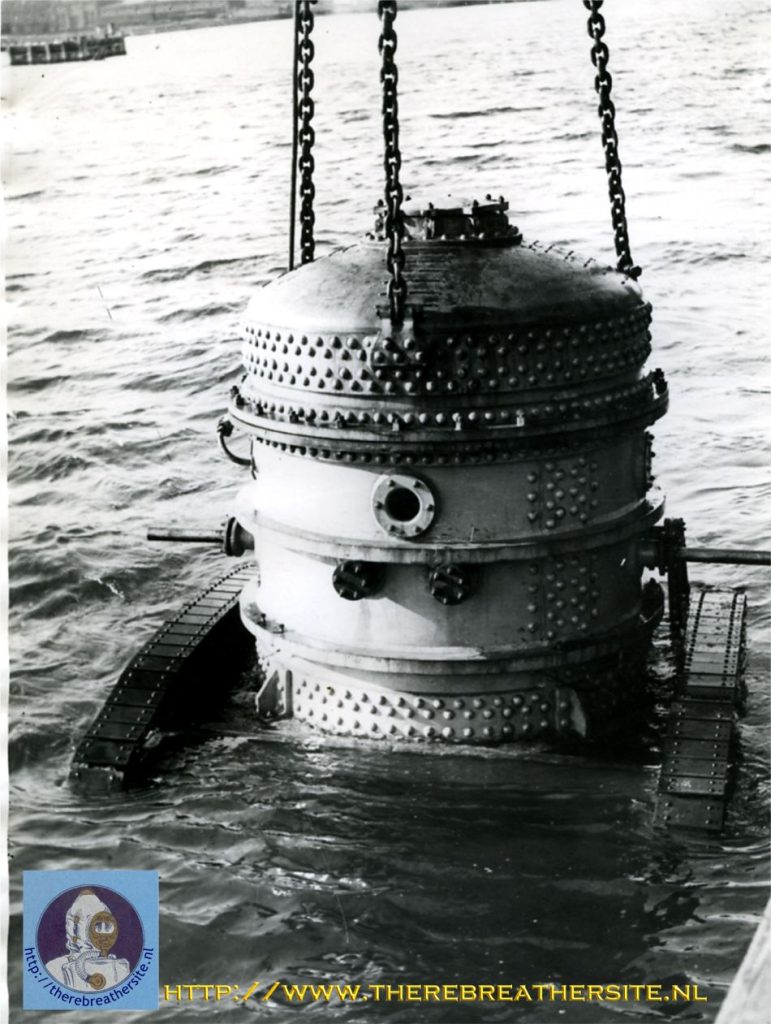
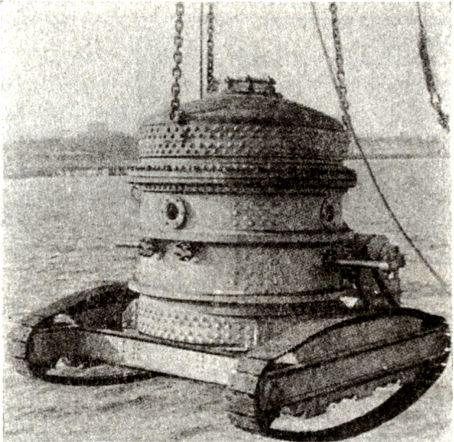
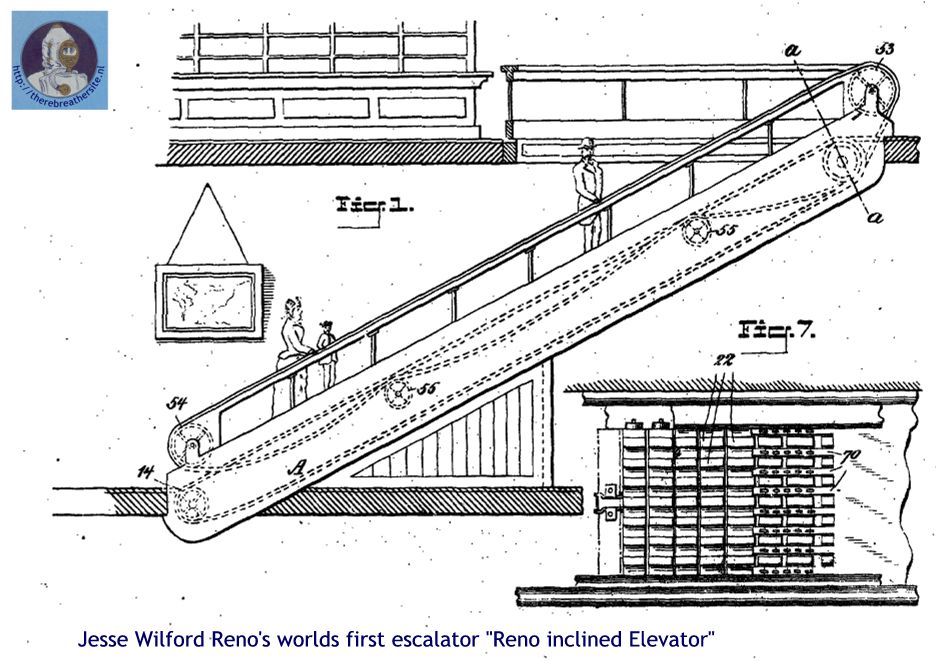

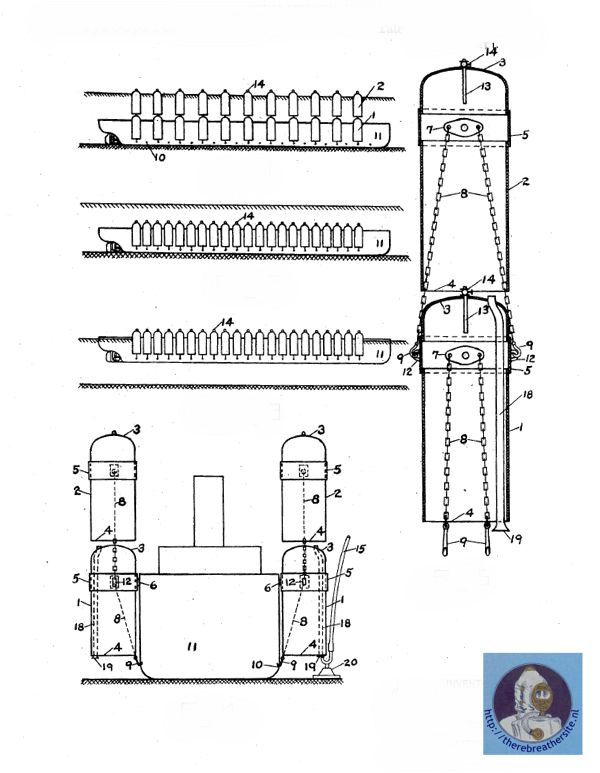
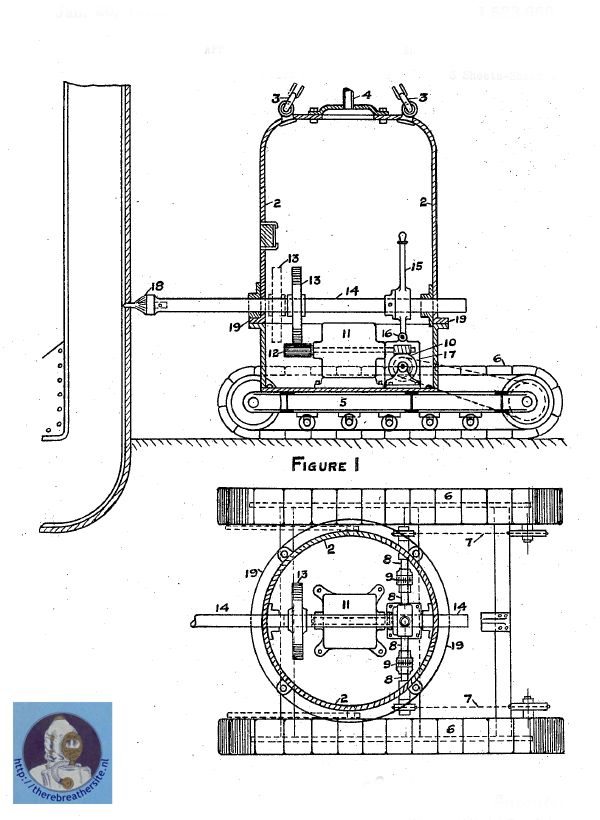

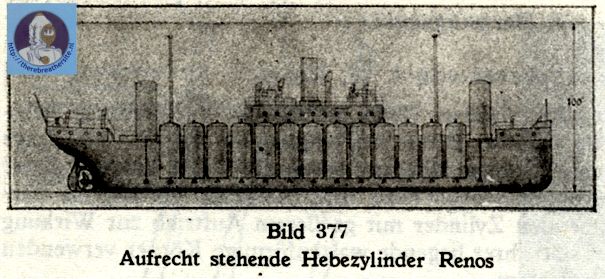
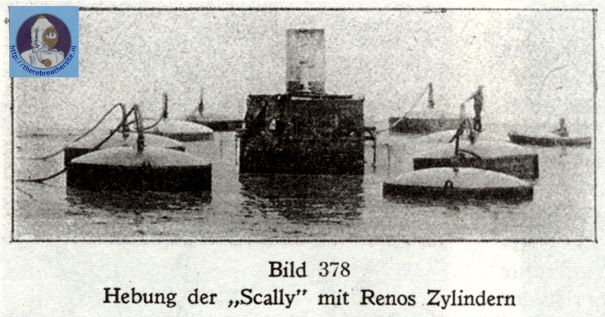


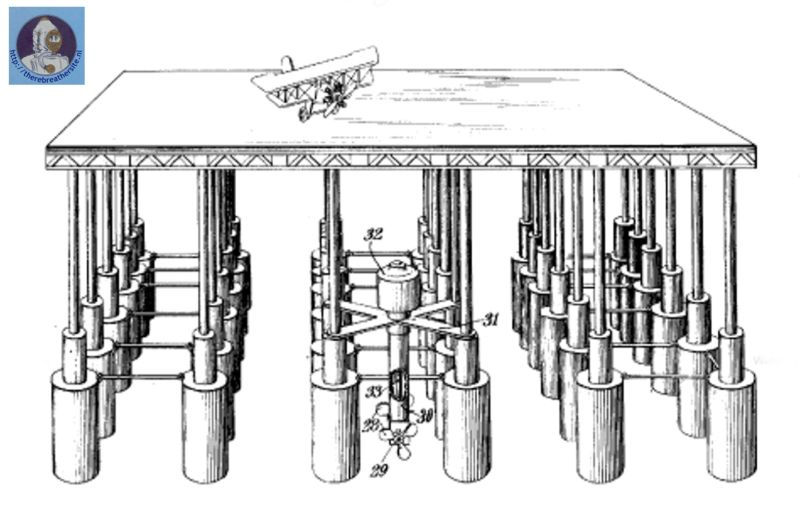
The story of Reno is a very special one to us readers, and one that in all probability will never be repeated. It is therefore important to safeguard this history by collecting all information on the subject. If you have any pictures of Reno’s underwater tank or any other source of information, I would be happy to add it to this page!

Therebreathersite was founded by Jan Willem Bech in 1999. After a diving career of many years, he decided to start technical diving in 1999. He immediately noticed that at that time there was almost no website that contained the history of closed breathing systems. The start for the website led to a huge collection that offered about 1,300 pages of information until 2019. In 2019, a fresh start was made with the website now freely available online for everyone. Therebreathersite is a source of information for divers, researchers, technicians and students. I hope you enjoy browsing the content!
